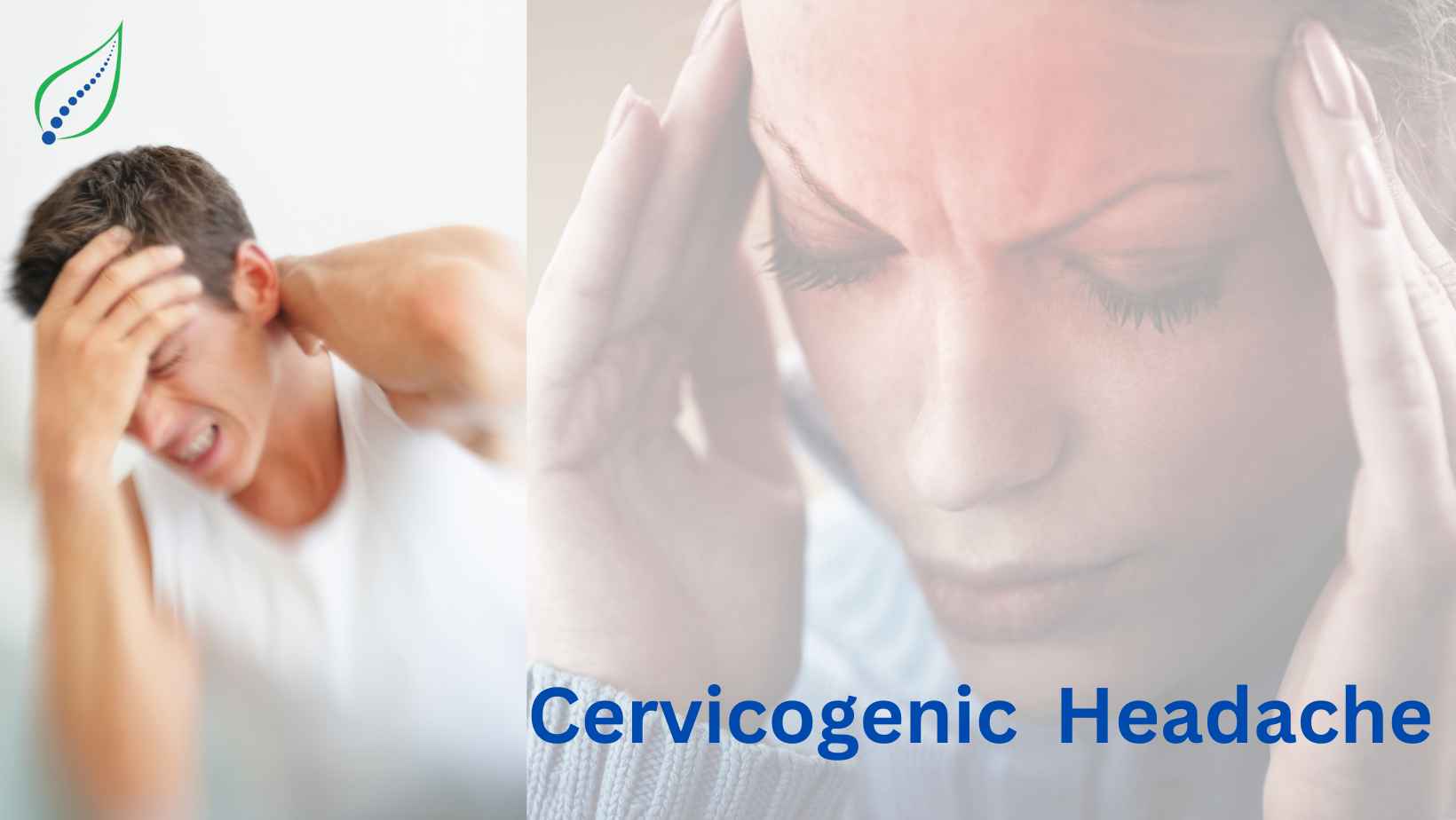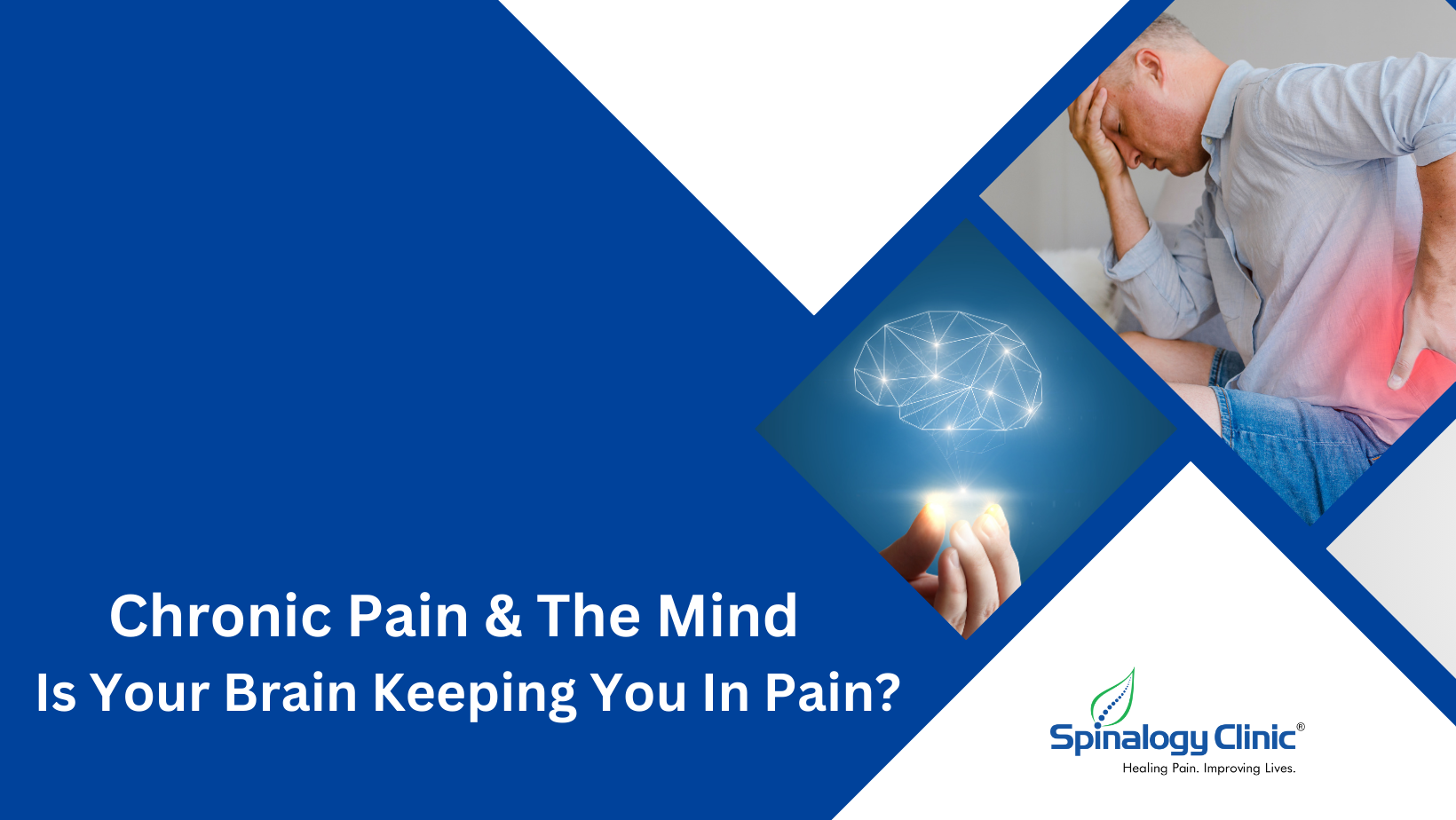Cervicogenic Headache (CGH)
Cervicogenic headache (CGH) is usually described as a constant dull headache that can sometimes grow in intensity and cause extreme discomfort. The symptoms of this condition are experienced only on one side of the face or head and are referred to as side-locked.
Symptoms of CGH
The pain is sporadic in nature and might begin as a dull ache in one side of the neck, head, or face.
The neck might feel stiff along with a reduced range of motion.
The pain can also be radiating in nature and start from the back of the head or neck and extend towards the face, and even ears.
Some people might even experience swollen eyes, blurred vision, and pain in the upper back and shoulders.
The pain is usually set off by sudden jerking movements such as coughing and sneezy by staying in uncomfortable postures involving the neck.
Although the condition is manageable, it can be chronic in nature and return from time to time.
Causes of CGH
Sometimes a compressed nerve can get inflamed and also trigger CGH pain, however, the most common cause for CGH is a sudden neck injury known as whiplash, mostly caused during accidents. The head is suddenly thrown forward and then backward which can result in a snapped neck and result in pain.
Other than these, CGH pain can be a result of some severe underlying conditions, such as cancer, internal injuries, fractures, and concussions. The headache in these cases can become unbearable over time and even induce nausea, numbness, and vomiting, and in severe cases, the person might even undergo shock, confusion, and completely lose one’s sense of direction.
If you’re experiencing any of the above symptoms then immediately call your doctor and seek professional care.
Treatment for CGH
There is no single treatment available for CGH and various options need to be explored to treat the symptoms. Non-surgical procedures are mostly preferred since they’re not invasive and have the least side effects.
Manual Therapy
This procedure involves manipulation and massage of the joints in order to release pressure and provide relief from pain. You can go to a physical therapist who will instruct you in performing various movements and exercises. It also helps in improving nerve functionality and slowly mobilizes the stiff areas. Exercises are the most effective when it comes to slowly strengthen the affected area and increasing mobility.
Transcutaneous Electrical Nerve Stimulation
This treatment is another non-surgical option that involves the use of low voltage electric currents to cure pain and stimulate the neural network. The TENS device is safe to use can also be operated at home for pain relief and healing. The voltage is adjustable and can be set accordingly.
Over-the-counter Medications
OTC medications such as NSAIDs, muscle relaxants, and medicines prescribed for headaches, in general, can be used alongside therapy and other treatments to manage pain.

_1742973131.png)
_1742634080.png)

